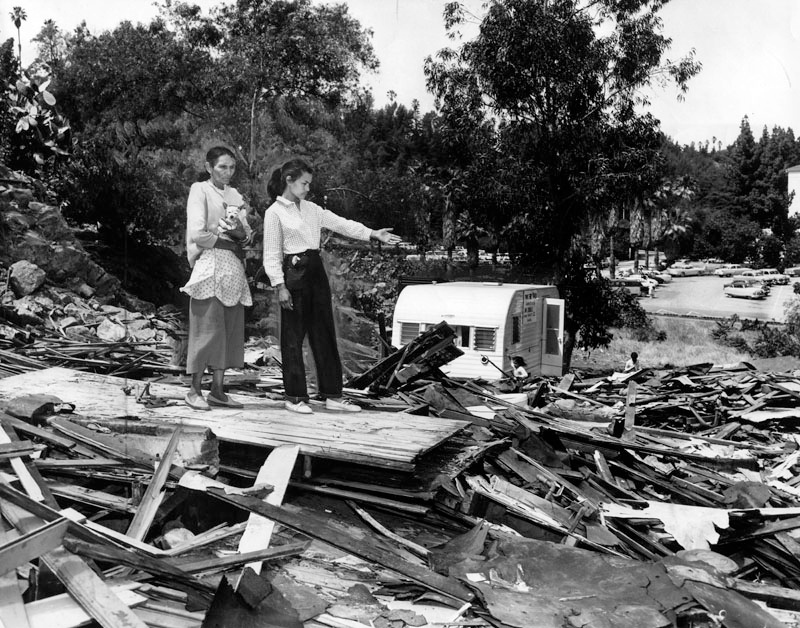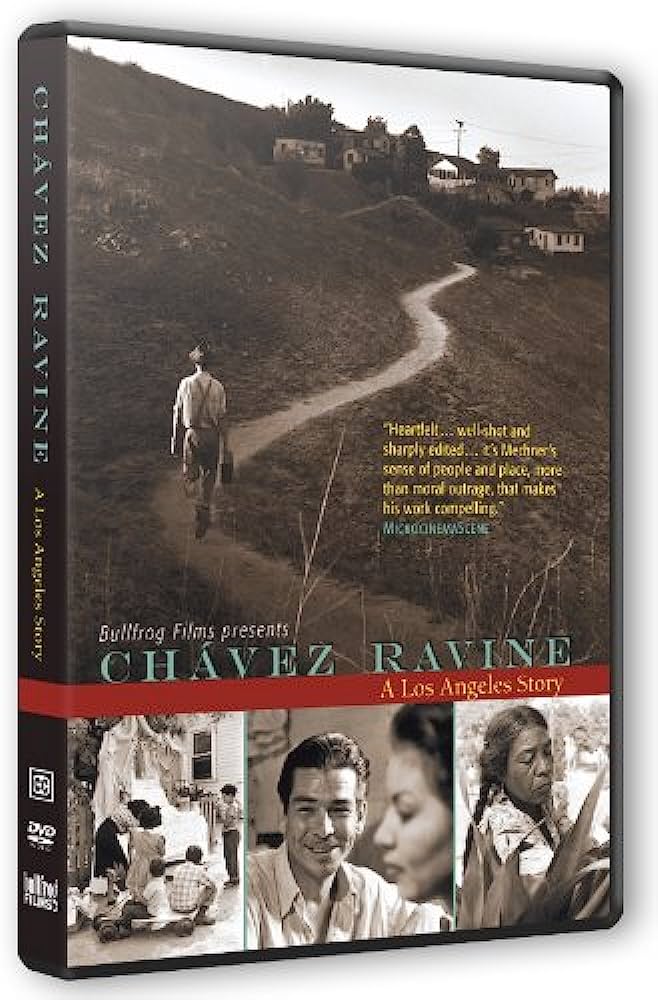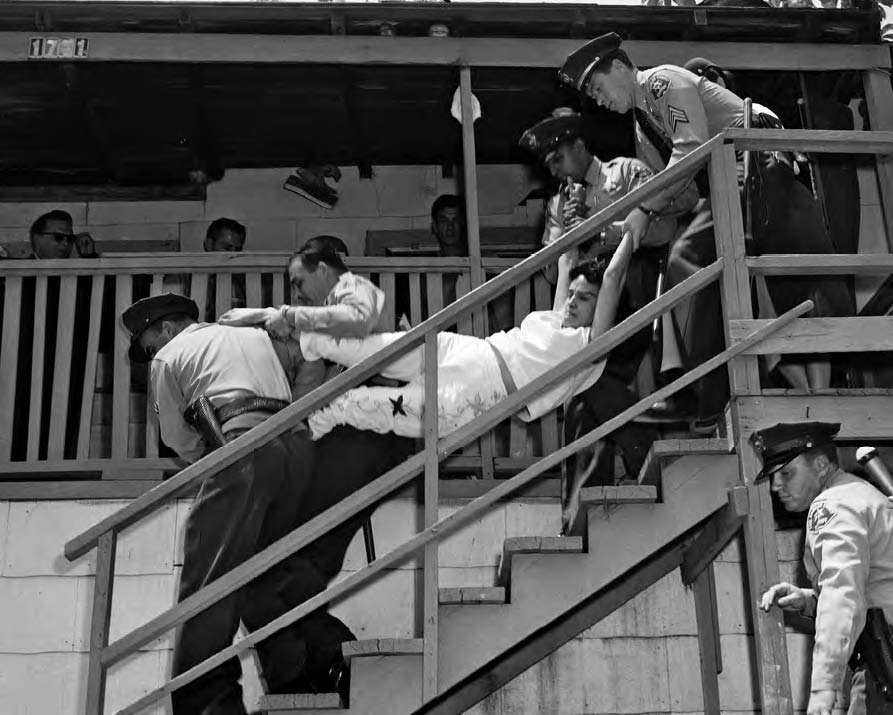 Ry Cooder’s Chávez Ravine — a post World War II-era American narrative of “cool cats,” radios, UFO sightings, J. Edgar Hoover, red scares, and baseball-is a tribute to the long-gone Los Angeles Latino enclave known as Chávez Ravine.
Ry Cooder’s Chávez Ravine — a post World War II-era American narrative of “cool cats,” radios, UFO sightings, J. Edgar Hoover, red scares, and baseball-is a tribute to the long-gone Los Angeles Latino enclave known as Chávez Ravine.
Using real and imagined historical characters, Cooder and friends created an album that recollects various aspects of the poor but vibrant hillside Chicano community, which was bulldozed by developers in the 1950s in the interest of “progress”; Dodgers Stadium ultimately was built on the site. Cooder says:
Here is some music for a place you don’t know, up a road you don’t go. Chávez Ravine, where the sidewalk ends.
Drawing from the various musical strains of Los Angeles, including conjunto, corrido, R&B, Latin pop, and jazz, Cooder and friends conjure the ghosts of Chávez Ravine and Los Angeles at mid-century. On this 15-track album, sung in Spanish and English, Cooder is joined by East L.A. legends like Chicano music patriarch Lalo Guerrero, Pachuco boogie king Don Tosti, Thee Midniters front man Little Willie G., and Ersi Arvizu of The Sisters and El Chicano.
Listen to tracks online.
A Los Angeles native, Cooder has been working in Cuba since 1998, producing Buena Vista Social Club, Ibrahim Ferrer, Ferrer’s Buenos Hermanos, and Mambo Sinuendo — all Grammy winners. Three years in the making, Chávez Ravine marks his musical homecoming. Cooder said:
Los Angeles was paved over, malled up, high-rised, and urban-renewed, as fortunes were made, power was concentrated, and everything got faster and bigger. There is a lot I miss now. The texture of certain older neighborhoods, like Bunker Hill, a rural feel in urban places, like Chávez Ravine and the timbre of life there, and just peace and quiet.
Published by Nonesuch | Listen to tracks online.










Twitter
Google plus
LinkedIn